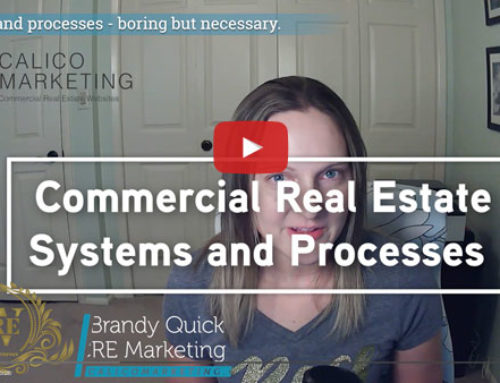Identifying client pain points can help you build a relationship with your target audience more effectively. Knowing these issues can help you position your services as the solution to their pain points and tailor your message to fit their individual needs.
By identifying your clients’ pain points, you can start to build a connection with them.
In your pitch, you’ll mention their pain point and how your service solves that problem.
Building confidence and trust because you truly understand what they are going through.
Types of client pain points
Client pain points are problems that inconvenience or affect their them negatively in some way. They can range greatly depending on your service offerings and specialty.
However, we can break it down into a few types of common pain points.
#1 Productivity pain points
Productivity pain points can affect both their personal and professional lives. Ultimately, it means your potential clients are wasting time but want to use their time more efficiently.
An example might be a landlord that sits with an empty building for months because their current commercial real estate agent hasn’t been able to fill it. The solution could be to provide a new marketing process to advertise their vacancies more effectively.
#2 Process pain points
Unlike productivity, process pain points focus more on the internal processes of a business, such as being able to log into one system and see all their contracts, what needs to be signed, and where you are in the process of negotiating on behalf of their building.
This can be addressed by using a CRM with a secure document portal like ClientLook [not affiliated]. Simplifying your client’s life by keeping everything in one convenient place instead of searching through their emails will be a winner for a client with process pain points.
#3 Financial pain points
Financial pain points are those that affect your prospects’ budgets. They feel like they’re spending too much and want to find a way to spend less. Landlords lose money on vacancies, investors lose money on bad deals, tenants lose money on bad locations.
We don’t want to lower our commission rate, but we do want to focus on how our strategies can fill vacancies quickly, how we identify great deals with a proven system, or how we meticulously research every potential property for the best possible location for their unique business. Focus on how your services will save them money in the long run, not lower commissions.
#4 Support pain points
Support pain points are service-related issues. Ultimately, they are unhappy with the level of service they have been provided with in the past and are looking for someone that’s going to be more responsive, someone who understands their unique needs, has ability to listen and critically consider and communicate viable options.
For example, you can provide a clear process with a checklist of what will be done to their property, timelines of when these tasks take place, and a note of who will be taking care of them. Follow up regularly with updates so your client can see your support in real time.
To effectively demonstrate how a commercial real estate agent’s services can address and relieve their client’s pain points, a website should be strategically designed to speak to the challenges and needs of potential clients.
Here are some things we can do to identify and solve client pain points.
- Tailored Content. Develop content that directly addresses these pain points. Create dedicated pages or sections on the website that discuss how the agent’s services specifically alleviate these challenges.
- Case Studies. Showcase real-life examples of how you successfully resolved challenges for previous clients. Case studies and success stories can illustrate your problem-solving abilities and provide tangible evidence of your expertise.
- Client Testimonials. Feature client testimonials that highlight the positive experiences of working with you. Testimonials should emphasize how your services made a difference in overcoming challenges and achieving successful outcomes.
- Educational Resources. Provide informative content and resources that educate clients about the commercial real estate process. This can include blog posts, articles, videos, or downloadable guides that address common questions and concerns, demonstrating your unique grasp on the problem.
- Clear Service Offerings. Clearly outline the range of services the agent provides and explain how each service directly addresses client pain points. For example, if you offer comprehensive market research, emphasize how this helps clients make informed decisions and minimize risks.
If you’re ready to showcase how you can solve client pain-points, a website can be your best tool for scaling communication and generating leads.
Anyone can create a pretty website, slap buttons on it and claim it’s “lead gen.”
I’m the only one offering the Sales Funnel Masterclasses to give you strategies on how to drive traffic to your website, create lead magnets that work, and nurture your leads so you can bring in more sales.
A website without the ability to generate leads is jewelry. It’s nice, but not useful.
Without a sales funnel, you won’t get long lasting results, period.
If you’re nodding along, let’s get started! Schedule a call or zoom.
I’m out to take the “broke” out of commercial real estate brokerage.
I want to start with you.
You ready? Schedule a call or zoom.






